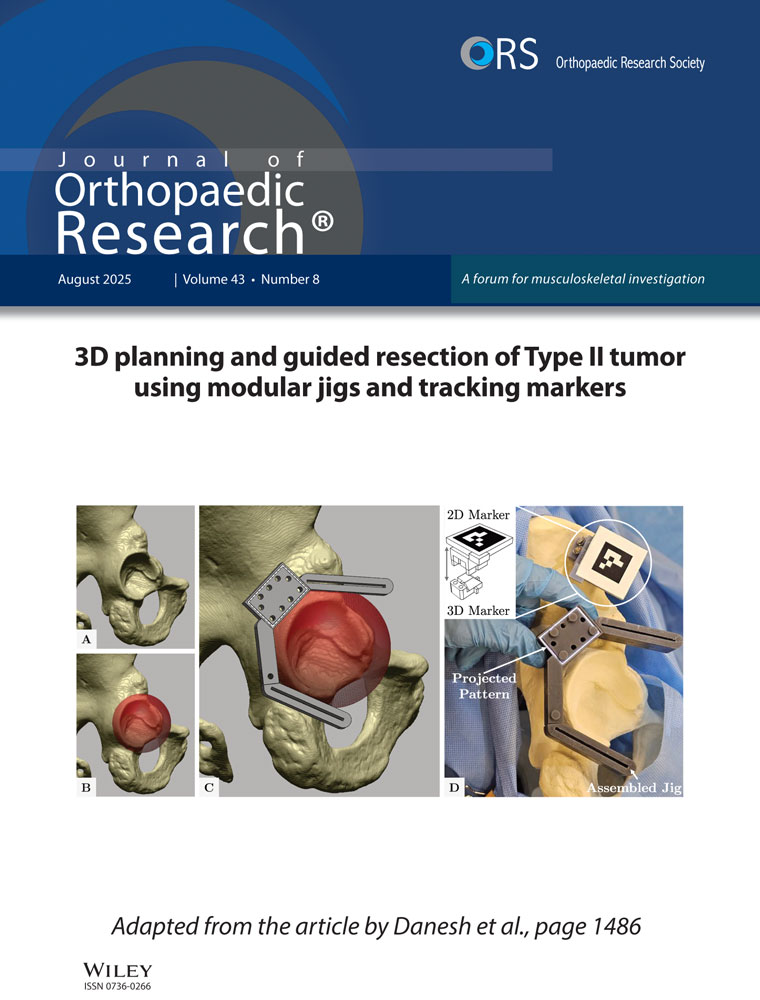Cellular shape and pressure may mediate mechanical control of tissue composition in tendons
Abstract
In vivo studies have suggested that mechanical factors are involved in the regulation of the morphology and biochemical composition of tendons that wrap around bones. In these tendons fibrocartilage is found in the segment wrapped around the bone, and tendon far from the bone displays normal tendon histomorphology. Recent in vitro studies have shown that intermittently loaded connective tissue cells are sensitive to changes in cellular shape and hydrostatic pressure: stretching and distortion of the cells enhances production of fibrous matrix and hydrostatic pressure enhances production of cartilaginous matrix. We used finite-element analysis to determine whether the regions of increased development of cartilaginous matrix in tendons that wrap around bones correspond to regions in which tendon cells are subjected to higher pressures, and whether the maintenance and rearrangement of fibrous extracellular matrix in these tendons is associated with regions of stretching and distortion of cells. We found that regions of cartilaginous matrix and fibrous matrix formation and turnover correlate well with patterns of hydrostatic compressive stress and distortional strain in the tendon. Although further experiments clearly are needed to establish the predictive value of our approach, hydrostatic stress and distortional strain history—parameters intimately related to changes in cellular pressure and shape, respectively—appear to be important tissue-level mechanical stimuli that regulate cartilaginous and fibrous matrix composition of connective tissues.




